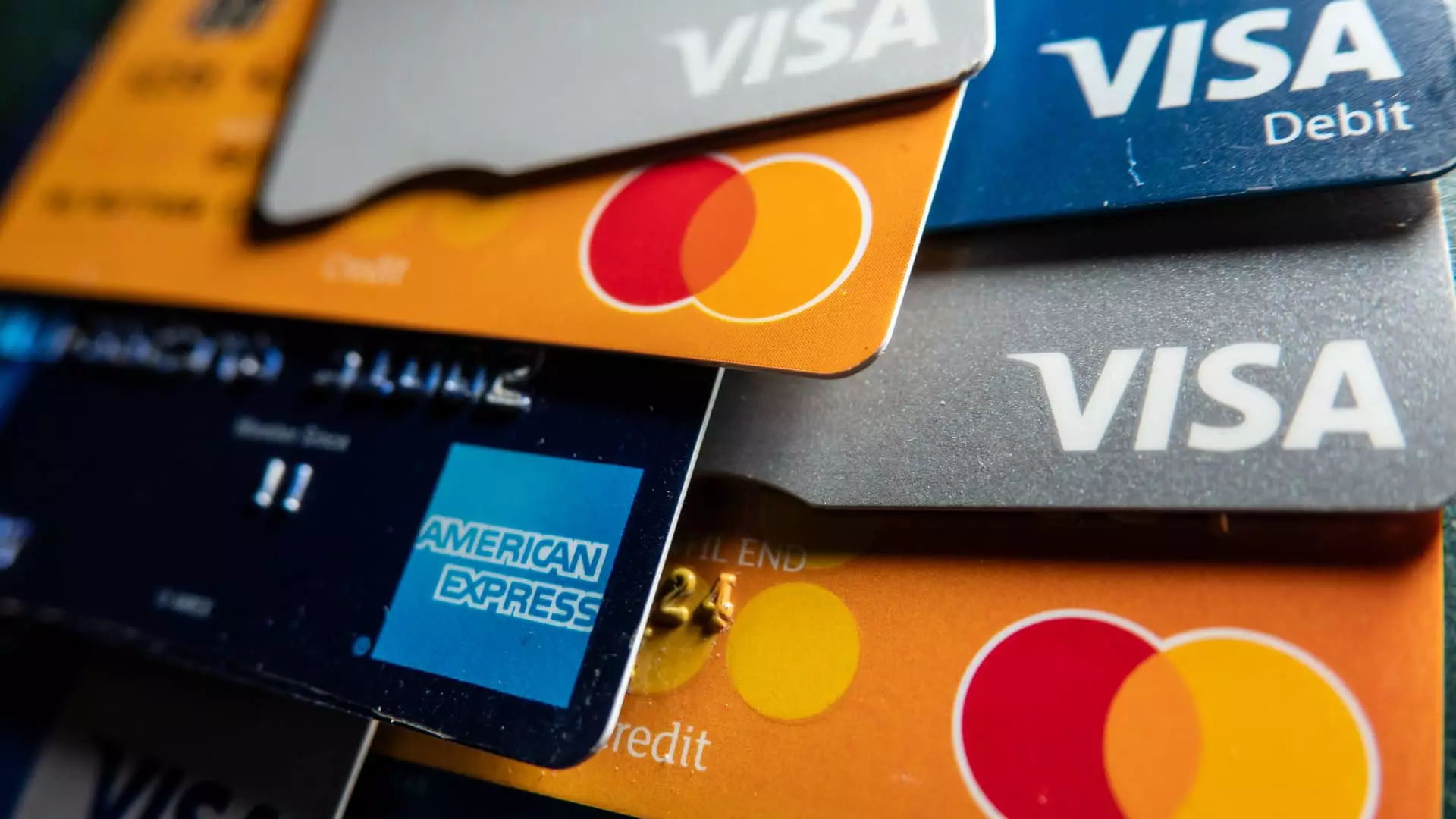The credit card landscape is about to become a battlefield, as major players prepare to unleash their latest offerings. JPMorgan Chase reignited interest in its Sapphire Reserve card, a luxury product that made waves upon its inception in 2016. The upcoming refresh of this card is not just an upgrade; it’s a bold statement aimed at reclaiming its status as the crown jewel of premium credit offerings. The anticipation surrounding this move speaks to the card’s previous success and its enormous influence on consumer habits. Industry insiders are clamoring for details, which suggests that JPMorgan recognizes the art of teasing its audience—a tactic that often heightens consumer desire and competitive engagement.
The Counterattack: American Express Raises the Stakes
In an equally gripping turn of events, American Express (Amex) has doubled down on its commitment to the premium segment with ominous whispers of a significant overhaul to its famed Platinum card lineup. Though specifics are scant, the audacious claim that this would represent the largest investment in a card refresh signals a transformative shift for Amex. The company’s President, Howard Grosfield, hinted at a litany of new benefits that will not only match but exceed the annual fees, which currently loom at a steep $695. This proclamation sets a daring precedence where value becomes a primary selling point, pushing the envelope into uncharted territory for cardholders.
Competitive Dynamics: Who Will Win the Battle?
As the dust settles from these announcements, the stakes couldn’t be higher. Both JPMorgan and American Express are prepared to roll out migration paths for premium cardholders. Card enthusiasts foresee a trend where expanded travel perks and exclusive dining experiences will come hand-in-hand with potentially higher annual fees—a strategy that walks a precarious line between luxury and accessibility. The Sapphire’s rumored fee increase to $795 exemplifies this balance; while tempting, it could also alienate those who are hesitant to fork over even more cash during these economically uncertain times.
In this competitive arena, power dynamics will surely shift. Each brand appeals to a slightly different demographic, yet both recognize that exclusivity is a seductive proposition. Amex remains closely tied to high-end lifestyles and affiliations, whereas JPMorgan has tapped into a more vivacious, younger audience, hoping to create lifestyle vanguards who don’t shy away from making bold financial choices. With elements such as sign-on bonuses and layered benefits, cardholders on platforms like Reddit are buzzing with anticipation, further showcasing the engaging community these products have fostered.
Consumer Perception: The Real Winners or Just Marketing Hype?
While the marketing campaigns are poised to dazzle and distract, a crucial question lingers—will these shifts genuinely create value for consumers, or simply serve to inflate already high-end branding efforts? As these titans engage in what can only be described as corporate brinkmanship, the actual consumers will be left deciding if the new perks align with their needs or if they’re merely spectacles hidden behind a flashy facade. Enhanced airport lounges, elaborate dining experiences, and tantalizing travel packages are enticing, but one must question if these offerings justify burgeoning annual fees.
In this high-stakes game, consumers are not mere spectators; they are active participants who hold the ultimate power of choice. The emerging strategies from both JPMorgan and American Express could either elevate the customer experience to unparalleled heights or risks disappointing a loyal base that might feel swindled by the inflation of costs disguised as value. As the battle escalates, one thing is clear: consumers will play a crucial role in determining the victor in this explosive credit card clash.

